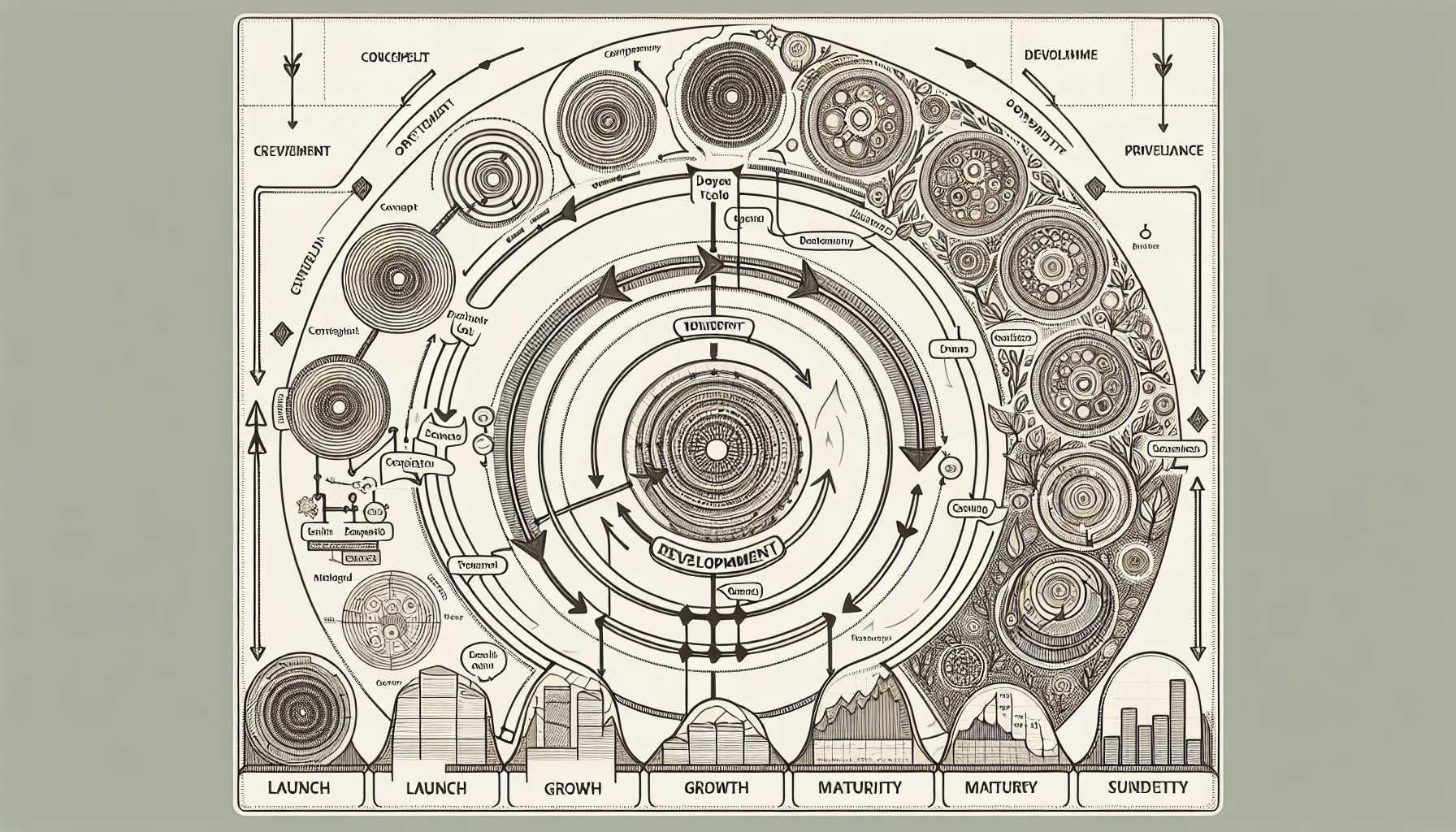Welcome back to our product management discussion space. Today’s exploration dives deep into a topic that touches every product lifecycle at some point or another—the delicate process of sunsetting or migrating to a new platform. Our goal is to identify and share best practices, through the lens of product frameworks and enriched with personal experiences, to manage these transitions smoothly and effectively.
Every product has a lifespan, and there comes a time when transitioning from the old to the new—or sunsetting a product altogether—is not just inevitable but necessary for the health of the business. Seamless transitions don’t happen by chance; they require strategic planning, empathetic communication, and a solid framework.
Understanding the Lifecycle and Planning Ahead
One key to successful transition is early recognition of the product lifecycle stages. I recall a project from my past where we delayed the sunsetting of a legacy system. The delay depleted resources that could have been used on more strategic endeavors—a lesson learned in the most challenging way.
I cannot stress enough the importance of preparation. Initiate transition planning when the product enters its maturity stage, well before it’s in decline. Product analytics and performance indicators are your best friends here. They’ll show a decrease in user engagement, increased maintenance costs, or marketplace changes.
Best Practice #1: Transition Planning
- Roadmap Adjustments: Make sure the end-of-life (EoL) phase is included in your product roadmap, shifting focus and resources to the transition as needed.
- Financial Planning: Allocate budget for the transition. Remember, sudden sunsetting or migrations can incur unexpected costs.
- Stakeholder Engagement: Keep communication lines open with stakeholders to ensure alignment on the transition strategy.
Stakeholder Communication and Customer Empathy
Another indispensable practice is transparent communication. During a sunset phase in a previous role, I learned that customer trust is paramount. We communicated changes with empathy and clarity, resulting in minimal customer churn. This leads me to:
Best Practice #2: Clear Communication
- Timely Announcements: Provide customers with a clear timeline and reasoning behind the decision. Surprises are the enemy.
- Customer Support: Ramp up support to help customers through the transition. Make sure they feel heard and assisted.
- Feedback Loops: Use customer feedback to adjust your transition plans and address concerns proactively.
Migrating to a New Platform with Care
When transitioning to a new platform, data migration and system interoperability are significant challenges. During one such migration, we faced severe data compatibility issues, leading to delays. This experience taught us to focus on:
Best Practice #3: Seamless Data Migration
- Data Audit: Conduct a comprehensive review of the data to understand what needs to be moved and what can be archived.
- Testing: Perform extensive testing to ensure data integrity and smooth operation post-migration. Nothing is too minor to test.
- Data Governance: Ensure the new platform adheres to data protection standards and regulations, avoiding any legal implications.
Technical Considerations and Transition Management
From a technical standpoint, sunsetting old technology or migrating platforms can be fraught with unforeseen issues. I remember having to deal with third-party dependencies and obsolete technologies that were entwined in our product. This was a hard-won experience which emphasizes the importance of:
Best Practice #4: Technical Diligence
- Legacy Systems: Identify dependencies on old systems and plan for ways to decouple or replace them.
- New Technologies: Ensure new platforms are future-proof, scalable, and maintainable, preventing a repeat in the short-term future.
- Documentation: Keep detailed records of the transition processes to facilitate knowledge transfer and future transformations.
Ensuring Business Continuity and Minimizing Impact
Last but not least, focusing on business continuity during these times is critical. An event occurred in my past where a product sunset disrupted operations for a client, leading to a significant strain on our relationship. It was an invaluable lesson on the importance of contingency planning.
Best Practice #5: Business Continuity Planning
- Contingency Plans: Establish clear contingency plans to mitigate risks and maintain operations during the transition.
- Parallel Operations: If possible, run both systems in parallel to ensure a smooth cutover and reduce service disruptions.
- Change Management: Engage a change management team to lead the organization through the transition, addressing resistance and promoting adaptation.
Managing product lifecycle transitions is an intricate dance between the old and new, requiring careful steps to ensure a graceful performance. A combination of strategic planning, empathetic communication, and technical readiness can make all the difference. As product leaders, it’s our responsibility to guide our teams and stakeholders through these changes with a steady hand and a keen eye on the future.
Stay tuned for more insights on navigating the complex world of product management. Until next time, keep championing those transitions!

